The Atwater Family Papers
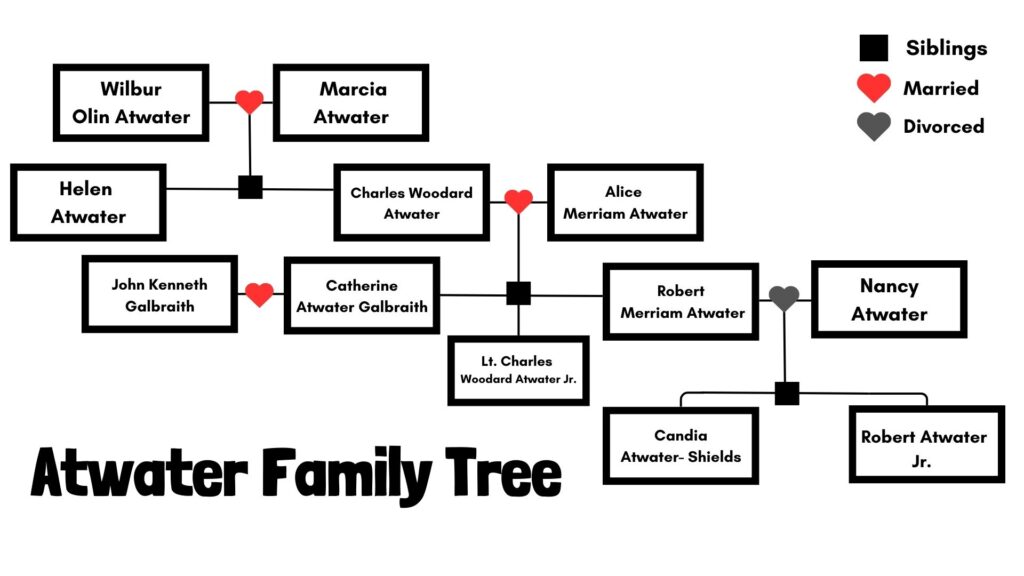
“The maxim that the ‘best is the cheapest’ does not apply to food.” – Wilbur Olin Atwater

The Atwater Family begins with Wilbur Olin Atwater. Wilbur completed his undergraduate career at Wesleyan University and completed a thesis at Yale University about how people could apply chemical techniques to food. Atwater nicknamed the “father of modern nutrition research,” developed the study of how humans’ diet and physical activity can influence their health; he even brought the concept of the calorie to the U.S.
Image of Wilbur Olin Atwater
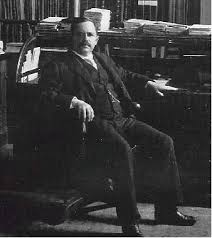
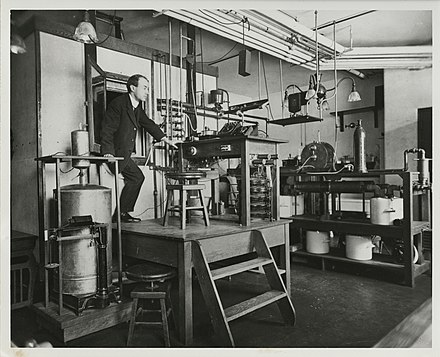
2
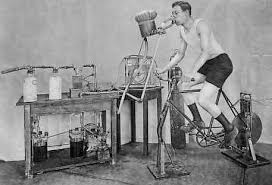
Letters regarding Charles Junior’s PTSD.
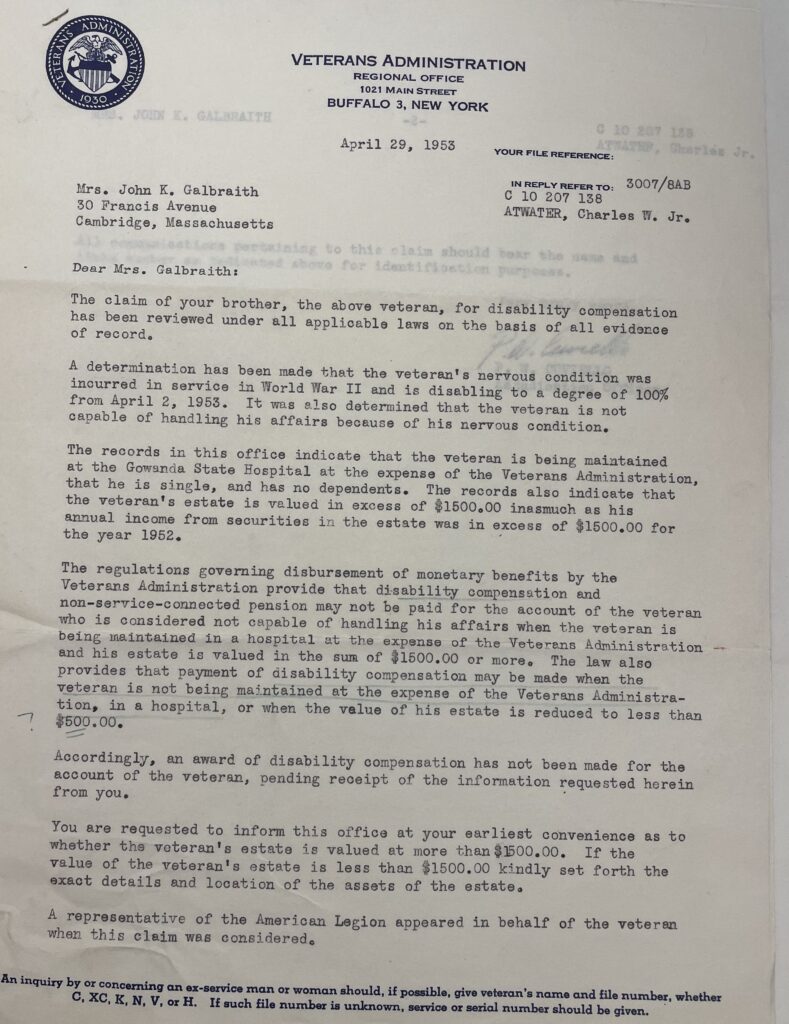

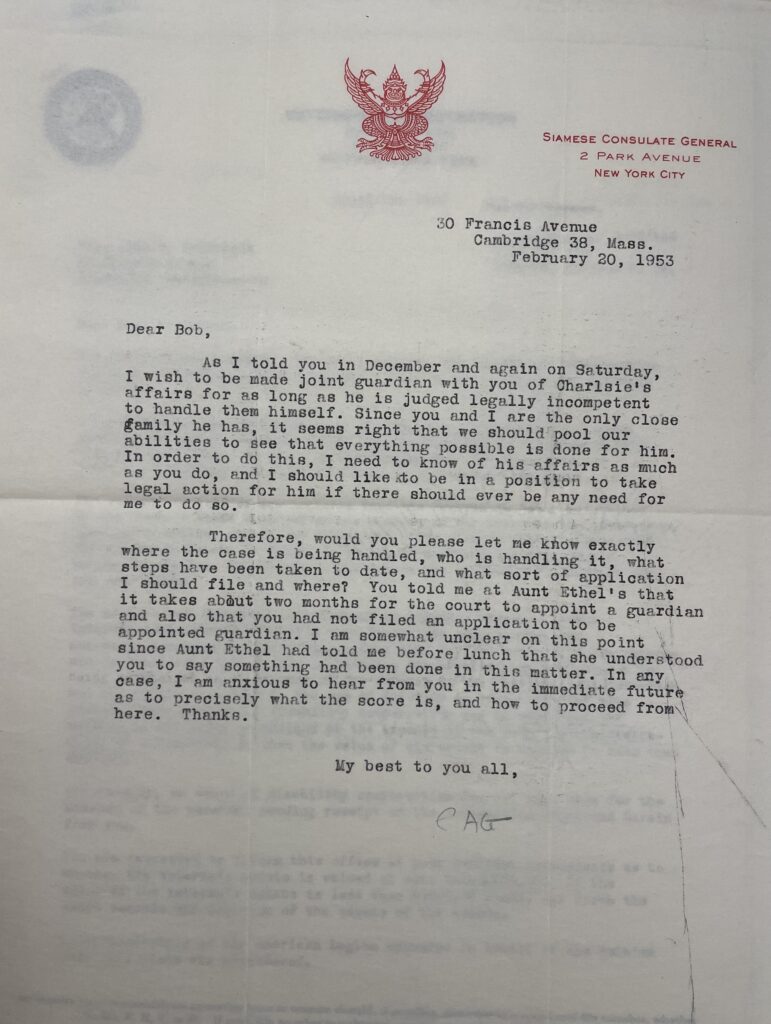

The Fabulous ’50s was when Kitty and Bob wrote most of their letters regarding Charles Jr.’s Post Traumatic Stress, which was first mentioned in the 1950s as a ‘gross stress reaction.’ The main reason for PTSD is wartime combat. When reading the letters between Kitty and Bob, I was struck by their desire to help their brother. I wondered if that was the “popular” view of handling people with PTSD, but unfortunately, it was not. By the 1950s, doctors used electroshock therapy to treat patients. Patients would usually undergo “treatments” twice a week4. People would be lined up like animals at a slaughterhouse and put on treatment tables where they would undergo the electric shock treatments. In a document from May 1950, the state of New York (where Charles Jr. Resided) declared that the words “mentally ill” would have equal significance to the words “insane,” “insanity,” “lunacy,” and “mental disease.” The stigmatization of Post Traumatic Stress was apparent in the declaration and other articles from that time5.
Photo of doctors performing electroshock therapy.
For Kitty to get the proper care for Charles Jr., she had to get letters of recommendation from people stating that Charles was dealing with PTSD. Kitty reached out to one of his professors at Iowa State College, who wrote a letter detailing Charle’s behavior. The professor wrote that while Charles Jr. was under his supervision, it became clear that Charles Jr. was “deeply disturbed” due to his time in the Armed Services during World War II. He remarked that Charles could not concentrate on a problem for more than a few minutes before he started detailing his war experiences to anyone who would listen. Although the professor listened to Charles talk for many hours, he ultimately decided it would be best for Charles to seek help from a doctor before completing his studies.

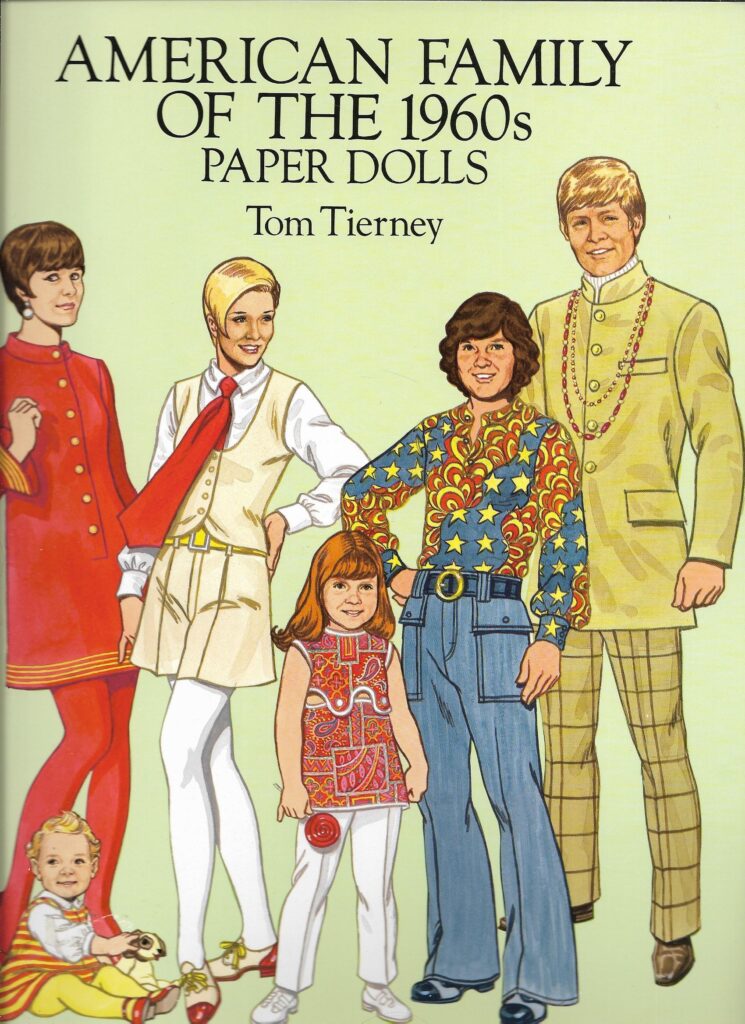
The Tumultuous ’60s was a nickname given to a decade marked by the civil rights movement, the Vietnam War, and anti-war protests, and are the period where many of the Atwater Family Papers take place. With the emergence of the “generation gap,” it is fascinating to look at these letters with the mindset that people were growing apart from their parent’s beliefs. These letters show a strong sense of sibling bond, representing how children were growing away from their parents. Family life in the 60s changed from the traditional “Father Knows Best” lifestyle that was popularized in the 50s to a more rebellious relationship between parents and children. The Vietnam War was a significant cause of this as young men were drafted into service, and people began questioning the traditional norms they had known all their lives. The restructuring of family life led to many older children being in charge of their younger siblings, which can explain why the Atwater siblings are deeply involved in each other’s lives6.
Image of an ad from the 1960s depicting an American family of paper dolls
References
- Unknown. 1880s. “Dr. Wilbur Olin Atwater (1844-1907), first director of the first state-supported agricultural experiment station (Connecticut) and the first director of the Federal Office of Experiment Stations.” Special Collections, USDA National Agricultural Library. Accessed May 8, 2024, https://www.nal.usda.gov/exhibits/speccoll/items/show/12254.
↩︎ - Martin, P. (n.d.). Wilbur Olin Atwater. Wikipedia. Retrieved May 8, 2024, from https://en.wikipedia.org/wiki/Wilbur_Olin_Atwater#/media/File:Respiration_calorimeter.jpg ↩︎
- Katch, F. I. (1999, February 22). Sportscience History Makers – Atwater. SportSci.org. Retrieved May 8, 2024, from https://www.sportsci.org/news/history/atwater/atwater.html
Cite
↩︎ - Missouri Secretary of State. (n.d.). 1930-1950: New Treatments. Missouri Secretary of State. Retrieved April 22, 2024, from https://www.sos.mo.gov/archives/exhibits/quest/treatment/1930-1950
↩︎ - Crowley, C. (2022, May 26). The History of Post-Traumatic Stress Disorder (PTSD) – 2100 B.C. – Present Day. The Recovery Village. Retrieved April 22, 2024, from https://www.therecoveryvillage.com/mental-health/ptsd/history-of-ptsd/
↩︎ - Tierney, T. (n.d.). American Family of the 1960s Paper Dolls. Jane Austen Books. Retrieved May 15, 2024, from https://www.janeaustenbooks.net/products/12200
↩︎